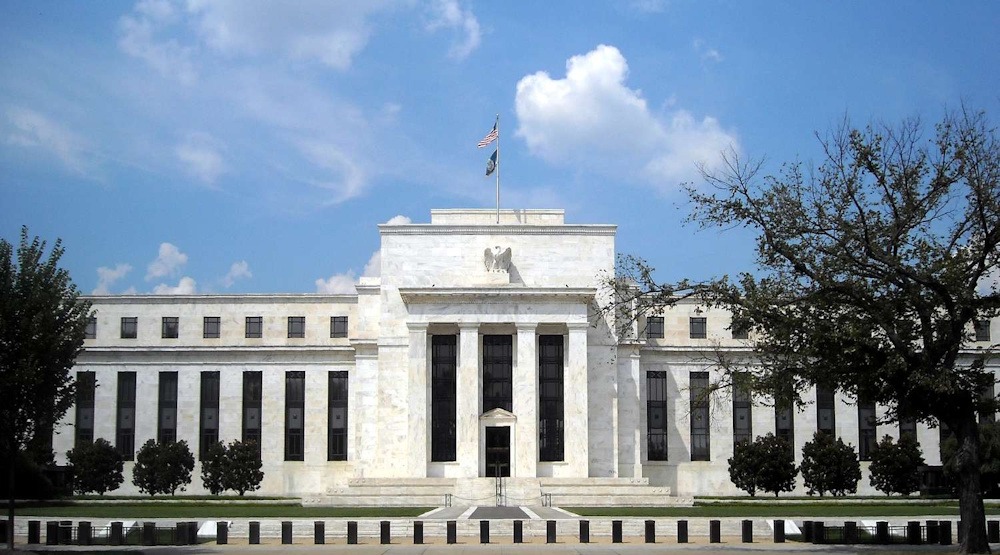
Nasdaq Futures experienced a decline on Tuesday following a volatile trading session. The tech-heavy Nasdaq Composite concluded at 22,573.47, declining by 1% or 215.50 points, influenced by the underwhelming performance of major technology firms. Market participants realized gains following three successive days of record-high closures of major indexes. Moreover, the Fed Chairman’s comment negatively impacted investor sentiment. Earnings results exhibited notable weakness. All three major stock indexes concluded the trading session in negative territory.
It is noteworthy that 15 components of the 30-stock index concluded in positive territory, whereas 15 ended in negative territory. At the intraday peak, the blue-chip index achieved a new all-time high of 46,714.27. The S&P 500 experienced a decline of 0.6%, concluding the session at 6,656.92. At the intraday peak, the benchmark index achieved a new all-time high of 6,699.52. The Dow Jones Industrial Average fell 0.2% to close at 46,292.78. Among the 11 major sectors of the broad-market index, five concluded in negative territory, whereas six finished in positive territory. The Energy Select Sector SPDR advanced 1.7%. Conversely, the Consumer Discretionary Select Sector SPDR and the Technology Select Sector SPDR experienced declines of 0.9% each.
The CBOE Volatility Index, often referred to as the fear gauge, experienced an increase of 3.4%, reaching a level of 16.64. On Tuesday, trading volume reached 18.89 billion shares, surpassing the 20-session average of 17.66 billion shares. On the NYSE, the ratio of decliners to advancers stood at 1.12-to-1. On the Nasdaq, a ratio of 1.61-to-1 indicated a preference for declining issues. In his address in Providence, Rhode Island, Fed Chairman Jerome Powell articulated apprehensions regarding the current overvaluation of asset prices, especially in the realm of risky equities. Reports says that the Fed Chair was queried on whether the central bank prioritized elevated market prices.
In response, Powell stated, “We do look at overall financial conditions, and we ask ourselves whether our policies are affecting financial conditions in a way that is what we’re trying to achieve.” However, you are correct; by various metrics, equity prices appear to be quite elevated. In a distinct occurrence in North Carolina, Federal Reserve Governor Michelle Bowman articulated her apprehensions regarding the deteriorating labor market, stating that policymakers are “at serious risk of already being behind the curve.”
